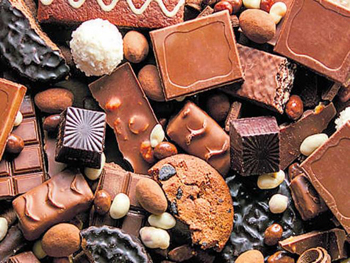May 24: Chocoholics take note: new research shows that eating chocolates can lower risks of developing irregular heartbeats, a condition that affects over 33 million people worldwide. Previous research has linked eating chocolates, especially dark chocolate, to improvements in heart health.
Scientists, including those from Harvard TH Chan School of Public Health in the US, wanted to see if it may be linked to lower rate of atrial fibrillation, also known as heart flutter. It is not clear exactly what causes the condition, and there is currently no cure or contenders for its prevention.
The associations seemed to be strongest for 1 weekly serving for women and between 2 and 6 weekly servings for men, according to the research published in the journal Heart.Researchers collected data from 55,502 (26,400 men and 29,100 women) participants, aged between 50 and 64.
Participants provided information on their usual weekly chocolate consumption, with one serving classified as 30 grammes.Information on heart disease risk factors, diet, and lifestyle was obtained when the participants were recruited to the study.Their health was then tracked using episodes of hospital treatment and deaths.
During the monitoring period, which averaged 13.5 years, 3,346 new cases of atrial fibrillation were diagnosed. After accounting for other factors related to heart disease, the newly diagnosed atrial fibrillation rate was 10% lower for 1-3 servings of chocolate a month than it was for less than 1 serving a month. This difference was also apparent at other levels of consumption: 17% lower for one weekly serving; 20% lower for 2-6 weekly servings; and 14% lower for one or more daily servings.
When the data were analysed by sex, the incidence of atrial fibrillation was lower among women than among men irrespective of intake, but the associations between higher chocolate intake and lower risk of heart flutter remained even after accounting for potentially influential factors.
The strongest association for women seemed to be 1 weekly serving of chocolate (21% lower risk), while for men, it was 2 to 6 weekly servings (23% lower risk).





Comments
Add new comment